Why do we want water with no oxygen in the brewing process? After the beginning of fermentation, oxygen has negative effects on beer. Anytime you move water or beer, whether it’s from primary fermentation to secondary fermentation, centrifuge to filtration, brite tanks to packaging, you risk exposing your final product to oxygen. Oxygen can have a number of different unwanted chemical reactions affecting the final product, producing off-colors, off-flavors (stale and sherry hints) and poor haze stability (colloidal issues with metal ions that can lead to permanent, unwanted haze). And it only takes a little oxygen to do this.
So how can you combat this? First off, use optimum deaerated water for the redilution of beer and for the production of malt beverages. The removal of unwanted dissolved gases — especially oxygen — in water can be accomplished via a deaeration unit. How does this work? Water is fed in through a distributor at the top of the system’s large column. The column is filled with structured packing which achieves an immense enlargement of surface area. A strip gas (CO2 or N2) is introduced at the foot of the column, and it absorbs the oxygen from the water in the counter flow.
So where would you use deaeration water in a brewery?
Lots of places actually. Making high gravity seltzers or high gravity beers, it provides a low-oxygen medium to blend with the product to get it down to packaging level alcohol content. Instead of using CO2 or nitrogen to purge pipes, try deaerated water. If you’re heat sanitizing those same pipes, deaerated water will also cool them down. You can also purge centrifuges or can and bottle fillers with deaerated water. In mix tanks, deaerated water can be added to silica or stabilizer products that need to be pushed into tanks. Yeast pitching. CIP processes. The list goes on. I learned all this in the excellent webinar above presented by Gusmer Enterprises.
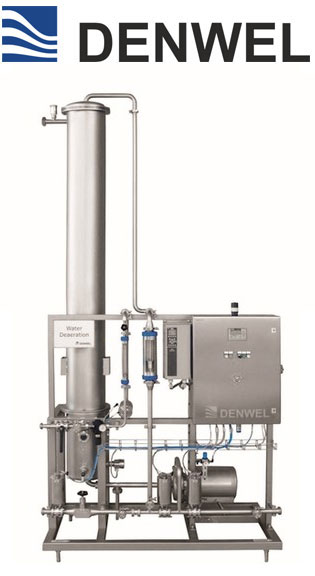
Denwel products are discussed as an example. Denwel’s Water Deaeration Column Cold unit (pictured) is filled with high efficient structured packing, and its large internal surface ensures maximum contact area between gas and liquid. Water is homogeneously distributed on the top, and CO2 or N2 is injected at the bottom of the column. While the water flows downwards through the packing, the CO2 or N2 rises in counter current. Another product and technique, Denwel’s Water Deaeration Membrane contains thousands of microporous hydrophobic hollow fibers. CO2 or N2 is applied on the inside of the hollow fibers and pulled out by vacuum. The high difference in partial pressure forces the oxygen out of the liquid phase. Cool stuff, right? Learn more in the video above.
Overall, Denwel creates specialized equipment and engineering solutions to help optimize production processes in a variety of industries. Based in the Czech Republic, the company engineers, manufactures and installs a wide range of specialized brewing equipment — water deaeration, blending, carbonation and nitrogenation, dosing, CIP and flash pasteurization systems. The company integrates all of this equipment into highly efficient and reliable cold block solutions. In fact, we just covered Denwel’s wort aeration and wort oxygenation equipment in our Craft Brewhouse Showcase 2021.
In North America, Gusmer supplies Denwel brewing equipment. Gusmer also provides brewing expertise on everything from fermentation to filtration to processing aids and beyond, selling everything from lab equipment to entire brewhouses, often as a distributor. Just check out their archives on the site.

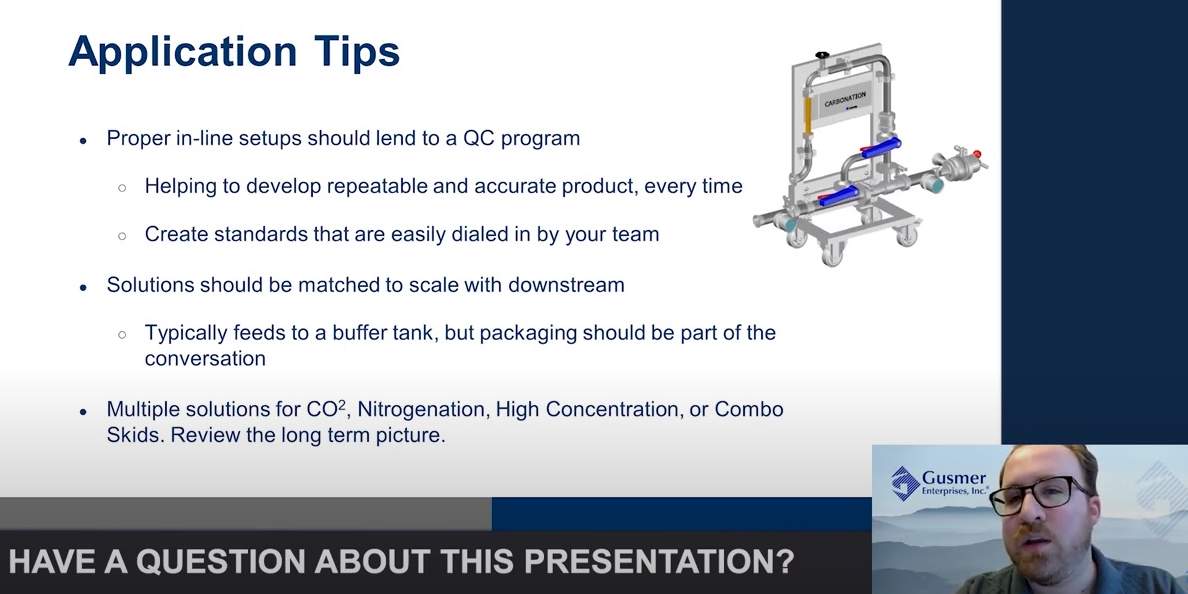
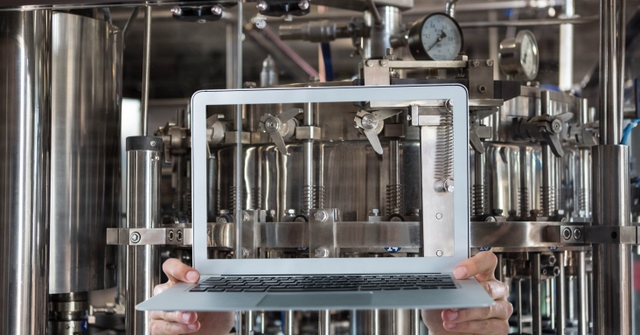
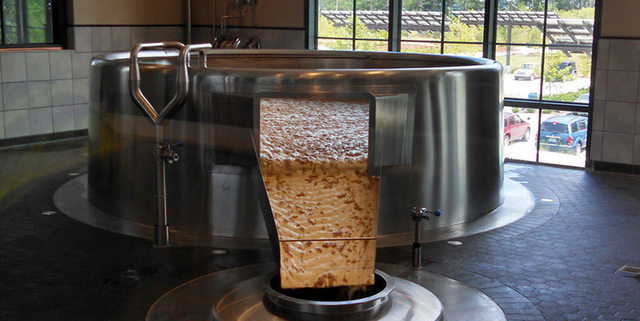
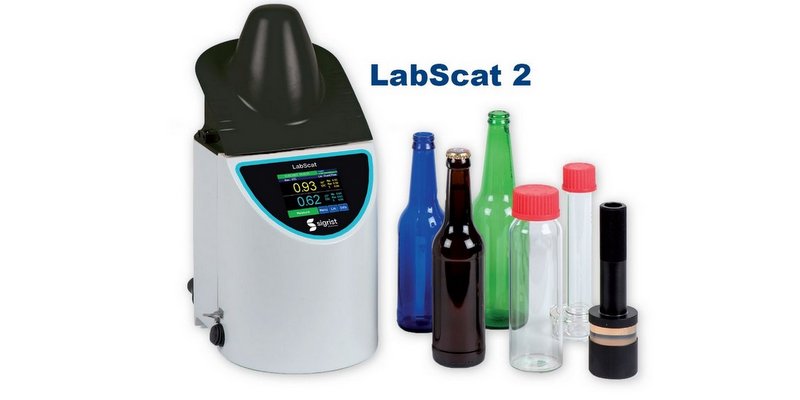
Leave a Reply
You must be logged in to post a comment.